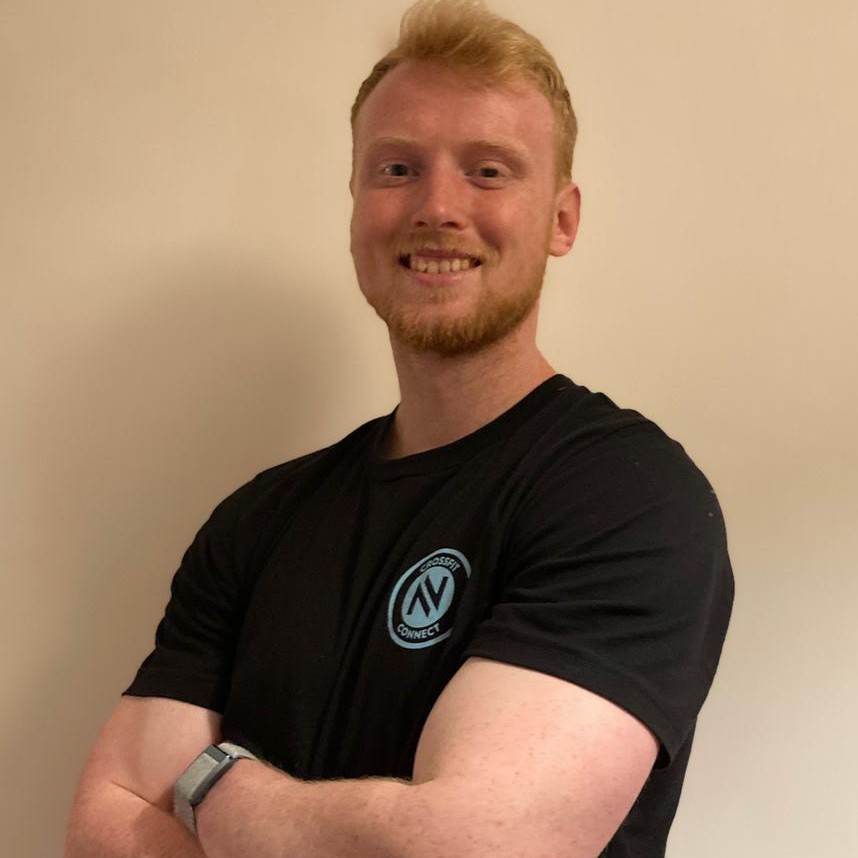The Rock Says Work Your Guts, So Try His Trainer’s Three Favorite Core Moves
Strengthen your core to supercharge your workouts like DJ

Dwayne Johnson has been cast as a Greek mythological hero, a Hawaiian demigod and an ancient superhuman in his acting career. Talent aside, it can’t hurt that the former wrestler already looks the part before the cameras start rolling.
So as far as workout advice is concerned, when The Rock says jump, I’m inclined to ask how high. When he posted an Instagram Reel of him doing core exercises with the caption “a strong core is super beneficial”, I went on the hunt for more core workouts to add to my routine.
Luckily, his long-time trainer Dave Rienzi has shared three variations of his favorite anti-rotational core progressions: the cable anti-rotation hold, cable Pallof press and the kneeling Pallof press to anti-rotation hold.
Watch his video below for a demonstration of each one, and a rep scheme to try when adding these moves into your next gym workout.
A post shared by Dave Rienzi (@daverienzi)
A photo posted by on
While a strong core has many benefits, I learned a new one from speaking to Horton Barbell owner Ryan Horton, a sports scientist and strength and conditioning coach with more than 20 years of experience.
“Your core is going to transfer all of your power,” says Horton. “All the power you’re building with your legs and your hips when you’re doing big lifts or Olympic lifting movements, or if you’re a baseball player swinging a bat, or a volleyball player spiking a ball—you’ve got to have that power transfer.”
To make this concept easier to understand, he uses an analogy with his athletes.
Sign up for workout ideas, training advice, reviews of the latest gear and more.
“You can take a pool noodle and you can swing it as hard as you possibly can. But, because there’s no strength within that pool noodle, when it hits whatever I’m hitting it’s going to lose most of the power I’m putting into it.
“Now, if I take a wooden baseball bat, it’s strong and very rigid. When I put power into that to hit something, all that power is being transferred to the thing I’m trying to hit.
“You want power to transfer from your lower body to your upper body, or your upper body to your lower body. If your core is weak, you’re going to lose most of that power.”
So, if exercises that train your midsection muscles don’t feature in your gym plans, it’s time to reassess.

Harry covers news, reviews and features for Coach, Fit&Well and Live Science. With over a decade of training experience, he has tried everything from powerlifting to gymnastics, cardio to CrossFit, all in a bid to find fun ways of building a healthy, functional body.
